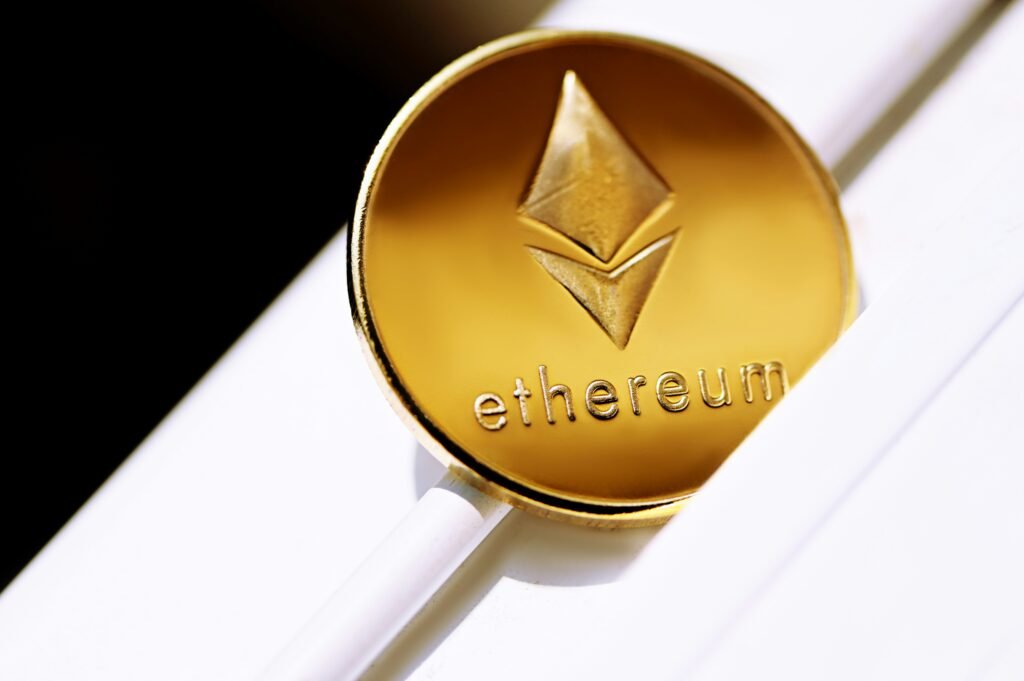By BlockAI
Lead: SharpLink Gaming’s leadership has rolled out an Ethereum treasury strategy that treats ETH as a long-term reserve asset rather than a trading tool. Who: SharpLink Gaming, its co-CEO and institutional investors. What: accumulation of roughly 837,230 ETH (~0.69% of circulating supply) and ongoing weekly disclosures. When: active and evolving through 2025. Where: a U.S.-listed company operating under SEC and Nasdaq frameworks. Why: to normalize Ethereum as reserve asset and reduce treasury risk. How: by holding ETH, using debt instruments or stock buybacks for liquidity, and promoting tokenization and programmable money. The Ethereum treasury strategy is designed to be transparent and encourage institutional adoption via a regulated, repeatable model.
SharpLink’s ETH plan
SharpLink Gaming’s executives describe a disciplined Ethereum treasury strategy in investor letters and regulatory filings. The company emphasizes that ETH will remain on balance sheets as a reserve rather than a short-term trading position. By presenting weekly regulatory disclosures and clear governance, SharpLink aims to show traditional finance how an Ethereum treasury strategy can align with corporate reporting standards and reduce perceived custody and liquidation risks.
Ethereum as reserve asset
Making Ethereum as reserve asset a mainstream corporate decision is central to SharpLink’s goals. The plan highlights how ETH’s programmable money features and tokenization can support operations without forcing asset sales. This context frames the Ethereum treasury strategy as a bridge between on-chain utility and conventional corporate finance, promoting broader institutional adoption while preserving upside exposure to ETH.
Clear regulatory disclosures
Transparency is core: SharpLink files regular regulatory disclosures with the SEC and Nasdaq to explain holdings, custody, and contingency plans. The company wants to set a precedent for a transparent treasury model that other public firms can replicate. These disclosures are intended to reassure shareholders and regulators and to support the narrative that an Ethereum treasury strategy can be managed within existing compliance frameworks.
Debt instruments and buybacks
To avoid forced ETH sales, SharpLink plans to tap debt instruments or do stock buybacks when liquidity is required. Using corporate debt or buybacks helps preserve ETH reserves while offering cash alternatives. That design choice is a deliberate element of the Ethereum treasury strategy, aiming to limit on-chain selling pressure and maintain investor confidence during market stress.
Tokenization and programmable money
SharpLink is exploring tokenization and programmable money to extract operational value from ETH without swapping reserves for fiat. Tokenized assets and stablecoin rails could fund expenses while ETH stays on the balance sheet. This operational use case strengthens the case for institutional adoption and positions the Ethereum treasury strategy as both financial policy and technology experiment.
Institutional adoption pathway
If SharpLink’s model proves durable, it could nudge other public companies toward ETH exposure and wider institutional adoption. The transparent treasury model, backed by regulatory disclosures and clear liquidity options, gives firms a template for adding on-chain reserves. Market watchers will track weekly updates to judge whether the Ethereum treasury strategy is resilient through volatility.
Frequently asked questions about Ethereum treasury strategy (FAQ)
What is an Ethereum treasury strategy?
An Ethereum treasury strategy is a corporate policy to hold ETH as a reserve asset, backed by governance, disclosures, and contingency plans to manage liquidity without forced selling.
Why is SharpLink Gaming doing this?
SharpLink Gaming aims to normalize ETH holdings among institutional investors by using a transparent treasury model, frequent regulatory disclosures, and options like debt instruments or stock buybacks.
What are the main risks?
Risks include ETH volatility, regulatory change, custody failure, and liquidity crunches. The Ethereum treasury strategy mitigates some risks via transparency, diversified liquidity tools, and governance.
How does tokenization help?
Tokenization and programmable money let firms monetize ETH’s utility—using stablecoins or tokenized assets for operations—while keeping ETH on the balance sheet as a strategic reserve.
Could other firms copy this?
Yes. If weekly disclosures and governance prove effective, the Ethereum treasury strategy could become a roadmap for other public companies seeking crypto exposure without trading risk.



